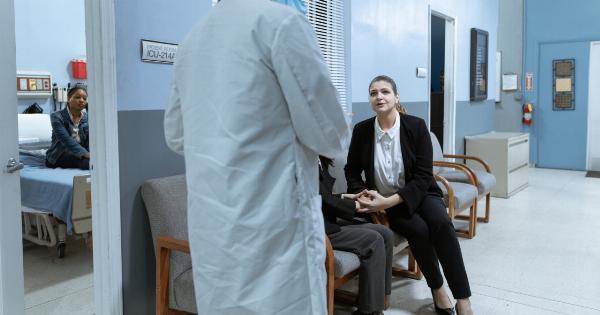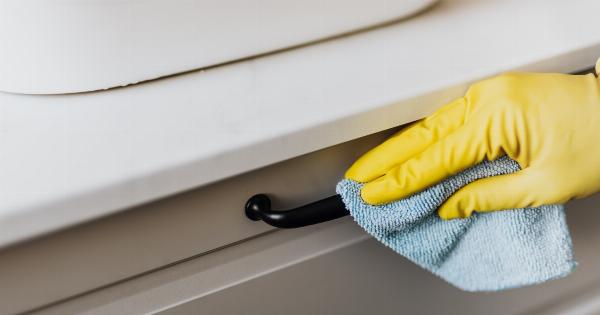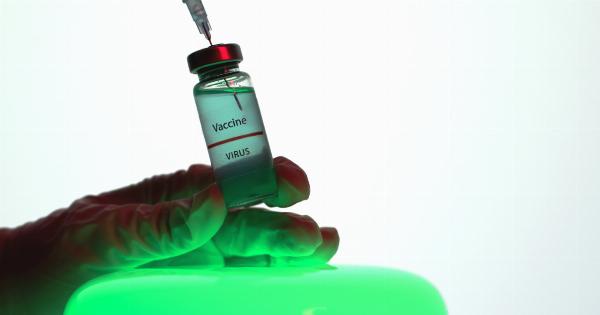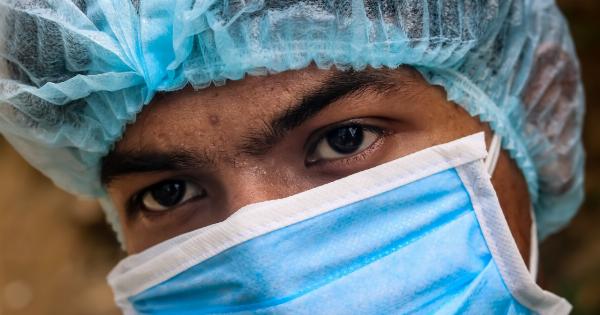Hospital-acquired infections (HAIs) are a significant concern in healthcare settings worldwide. These infections affect millions of patients every year and pose a considerable burden on healthcare systems.
Despite rigorous infection control practices, HAIs still persist, calling for innovative and unconventional approaches to combat these infections. In this article, we explore ten unconventional strategies that healthcare facilities can adopt to effectively tackle hospital-acquired infections.
1. Ultraviolet Germicidal Irradiation (UVGI)
UVGI utilizes ultraviolet (UV) light to disrupt the DNA of microorganisms, rendering them unable to reproduce and cause infections. This approach involves the use of UV lamps in healthcare settings to disinfect air, surfaces, and equipment.
Integrating UVGI in hospitals can significantly reduce the risk of HAIs, as it effectively kills bacteria, viruses, and fungi.
2. Copper-Coated Surfaces
Copper has intrinsic antimicrobial properties, making it an excellent choice for frequently touched surfaces in hospitals.
Implementing copper-coated surfaces, such as doorknobs, bed rails, and faucet handles, can help reduce the transmission of pathogens between healthcare workers, patients, and visitors.
3. Probiotic Therapies
Probiotics are live microorganisms that confer health benefits when administered. Emerging research suggests that specific probiotic strains can inhibit the growth of pathogenic bacteria and enhance the body’s immune response.
Administering probiotics to patients at risk of HAIs may provide a natural defense against these infections.
4. Phage Therapy
Bacteriophages, or phages, are viruses that specifically target and kill bacteria. Phage therapy involves the administration of these viruses to patients infected with antibiotic-resistant bacterial strains, which are often the leading cause of HAIs.
This approach offers a potential solution to combat multidrug-resistant infections and reduce the reliance on antibiotics.
5. Antimicrobial Coatings
Antimicrobial coatings can be applied to various surfaces within healthcare facilities, including walls, floors, and medical equipment. These coatings release antimicrobial agents that inhibit bacterial growth and help prevent the spread of infections.
Implementing such coatings can provide an additional layer of protection against HAIs.
6. Natural Disinfectants
Traditional disinfectants contain harsh chemicals that may have adverse effects on both patients and healthcare workers.
Using natural disinfectants, such as vinegar, hydrogen peroxide, and essential oils, can provide an effective and safer alternative for maintaining cleanliness in healthcare settings. These natural alternatives have shown broad-spectrum antimicrobial properties.
7. Textile Innovations
Textiles used in healthcare settings, such as bed linens and hospital gowns, can harbor and transmit pathogens.
Developing textiles with antimicrobial properties, such as those treated with silver nanoparticles or antimicrobial peptides, can help reduce the risk of HAIs. These innovative fabrics can inhibit bacterial growth and offer enhanced protection to patients and healthcare workers.
8. Automated Room Disinfection
Automated room disinfection systems utilize technologies like hydrogen peroxide vapor or ultraviolet light to eliminate pathogens in enclosed spaces.
These systems can effectively decontaminate patient rooms, operating theaters, and other high-risk areas, reducing the chances of HAIs. Implementing such automated systems can enhance infection control practices.
9. Medical Device Sterilization Innovations
Many HAIs are associated with contaminated or improperly sterilized medical devices.
Developing advanced sterilization techniques, such as low-temperature hydrogen peroxide plasma or ozone sterilization, can improve the safety of medical devices and reduce the risk of infections. These innovations can play a crucial role in preventing HAIs.
10. Educational Campaigns
Enhancing the knowledge and awareness of both healthcare workers and patients about HAIs is essential for prevention.
Educational campaigns can focus on proper hand hygiene, appropriate use of personal protective equipment, and overall infection control practices. By empowering individuals with knowledge, the rate of HAIs can be significantly reduced.






























